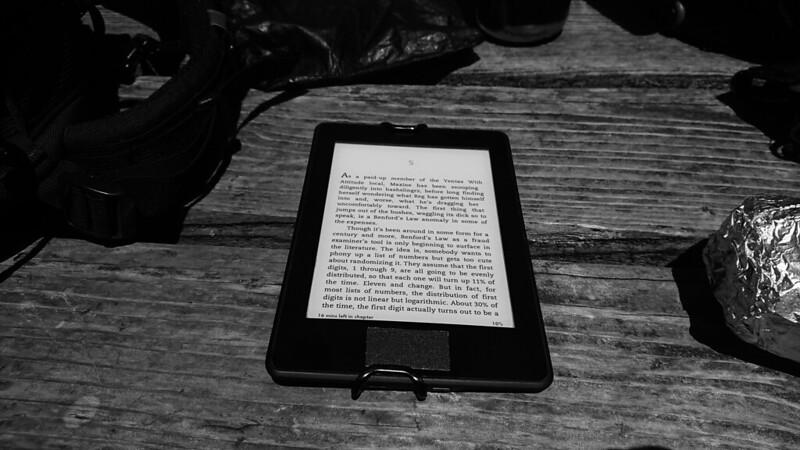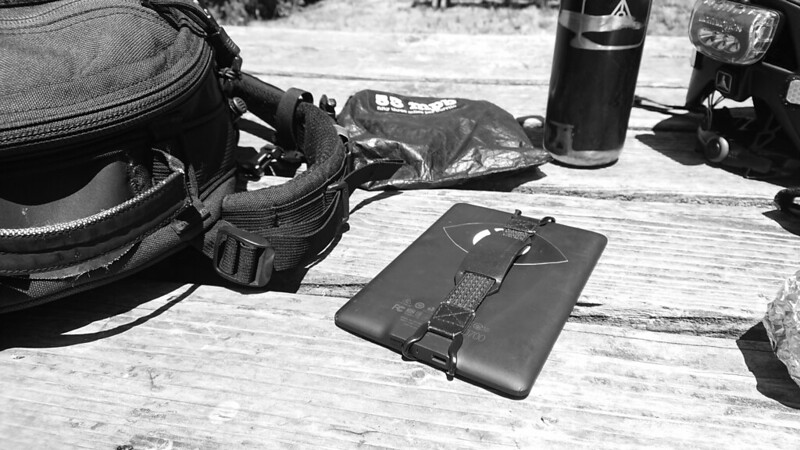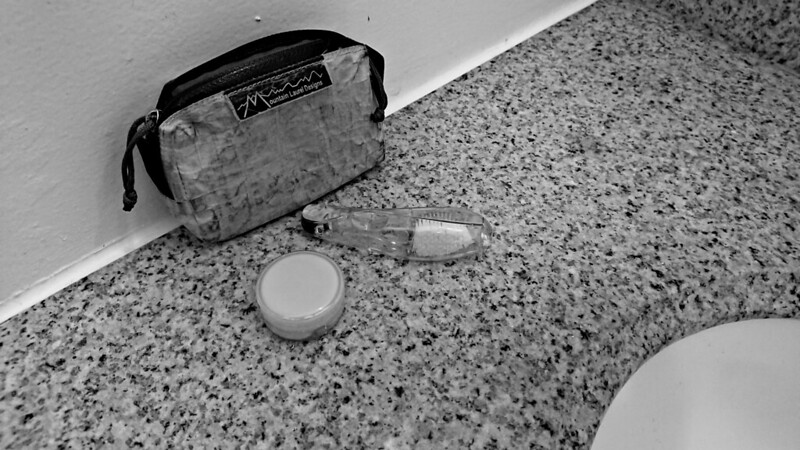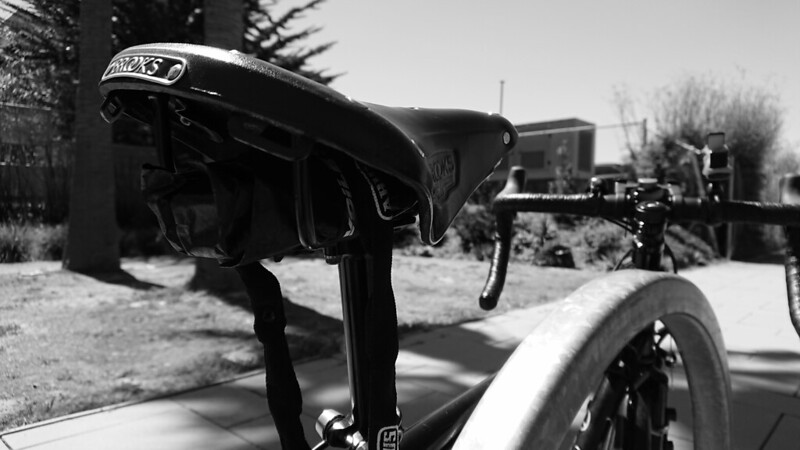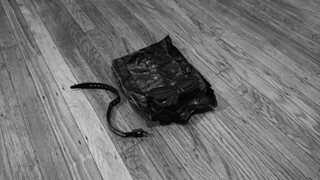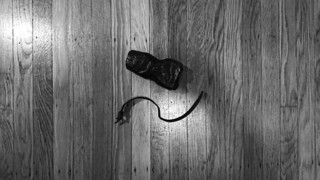I’m a satisfied user of the Sawyer Squeeze. My first Sawyer water filter was the Mini Squeeze, which had a terrible flow rate that made it a piece of garbage. If I were buying a new filter today I’d look at the Micro Squeeze, which is supposed to combine the performance of the standard Squeeze with the size and weight of the Mini. For the time being, I am content with my standard Squeeze.
I use a CNOC Vecto 2L for a dirty bag. It’s heavier than the Sawyer pouches or a 2L Evernew Bottle, but I appreciate both the durability and the ease with which it can be filled. It makes it easy to collect water from small trickles through a rock face, and I feel comfortable throwing it around if I’ve climbed up some place to collect water and need both hands to get back down.
I prefer to carry clean water rather than sucking straight on the filter. My preferred drinking vessel for this system is a recycled Smartwater 23.7 oz bottle. The one with the sport lid. It holds an acceptable amount of water, is decently durable for the weight, has threads which are compatible with the Sawyer, and fits easily into a Hill People Gear 3” Bottle Holster.
If I don’t want to squeeze the water through, this setup can easily be suspended to make a gravity filtration system. I carry a Sawyer Cleaning Coupling to attach the bottle to the output of the filter. The bottle will fill in a couple minutes in this setup. Occasionally, when the bottle gets about half full, the flow of water will diminish due to pressure buildup in the bottle. Unscrewing the bottle slightly is enough to burp the excess air out of the bottle and allow the water to continue to flow.
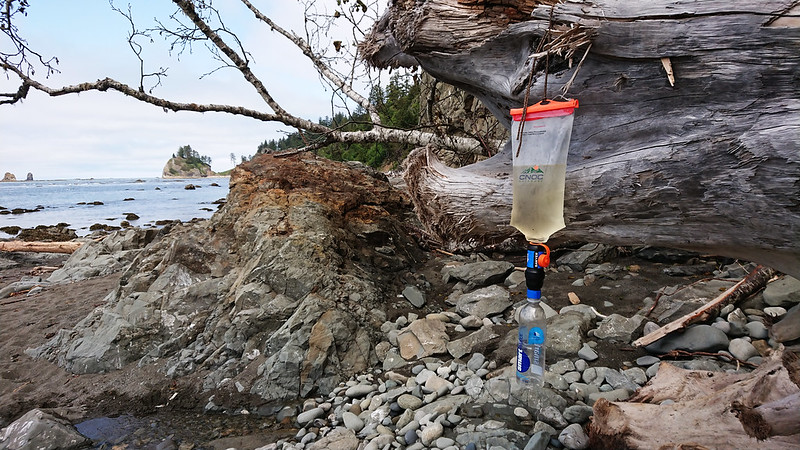
I always carry my vintage MSR 2L DromLite, primarily as storage for additional clean water. I’m unlikely to use it during the day, but having it allows me to camp away from a water source without any stress. With the DromLite, Smartwater bottle, and CNOC Vecto I can carry just under 3 liters of clean water and an additional 2 liters of dirty water. That’s plenty for drinking, washing, and cooking between water holes.
To integrate the DromLite into the Sawyer filter, I purchased a Sawyer Hydration In-Line Adapter and dug out an old MSR Hydration Kit that I had stopped using. I cut the MSR hose so that I was left with the piece that screws onto the DromLite lid and about 10” of hose. Then I jammed half of the Sawyer adapter into the open end of the hose. Now I have a small, lightweight accessory that I can pull out whenever I want to use the DromLite as part of a gravity system.
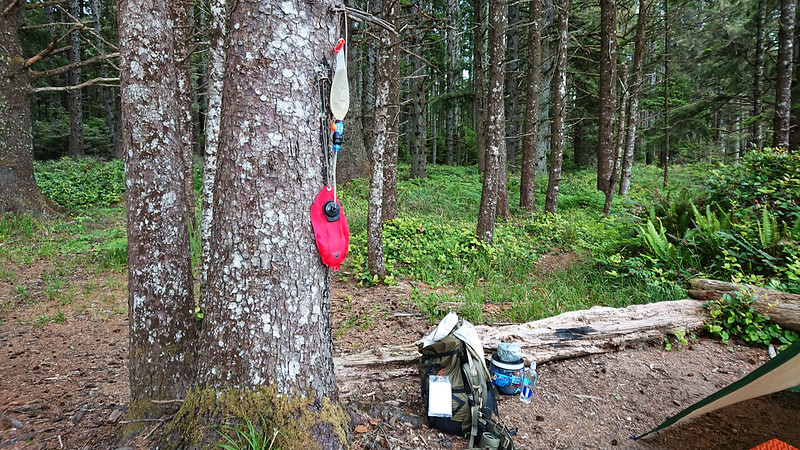
The Squeeze does need to be backflushed every now and then. It comes with a syringe for this, but I never carry it.
The Smartwater bottle threads directly onto the input of the filter, allowing me to backflush with that, but doing so is pretty annoying. It’s hard to get enough pressure by squeezing the hard plastic bottle. However, I can also use the cleaning coupling and my hacked together MSR adapter to backflush via the DromLite, and that works great. I can push a full 2 liters at high pressure through the filter element. This takes minimal effort to accomplish (the hardest part is remembering to perform the backflush before you’re out of clean water), and keeps the filter running like new.
I still carry Aquamira chlorine dioxide on some trips. My decision is dependent on the type of trip and the expected water sources, but I find myself leaning towards the Sawyer Squeeze more often than not.
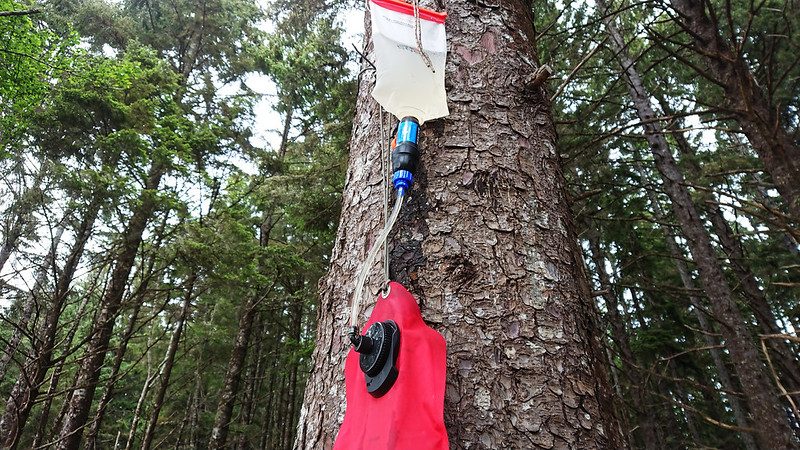
The Squeeze runs about $35 to $41 depending on which package you go with. Given it’s versatility and the claimed unlimited life of the filter element, it’s pretty easy for me to justify that expense.

